Nursing Diagnosis For Compartment Syndrome
Nursing diagnosis for compartment syndrome. Compartment syndrome can be identified through neurovascular assessment in patients following extreme trauma. The patient child or adult likewise have severe pain with swelling of the affected area that is restricted to a. Dont forget Acute Pain.
7 rows Nursing Care Plan 1. Acute Pain related to compartment syndrome as. Chronic or exertional compartment syndrome is caused by intense repetitive exercise and usually stops with rest or changes in routine.
Compartment Syndrome Signs and symptoms of compartment syndrome include pain paresthesia pallor pulselessness poikilothermia and paralysis. I need to come up with a list of appropriate nursing diagnoses for compartment syndrome and Ive com up with innefective tissue perfusion and risk for tissue ischemia. It tests blood flow to the extremity distal to the injury and nerve function.
One of the most common causes of compartment syndrome are crush injuries or a limb being compressed for an extended period of time. The diagnosis is not that difficult. P ain early sign P aresthesia can be an early sign too P allor P aralysis P oikilothermia P ulselessness late sign.
Nursing Diagnosis- Compartment Syndrome Actual diagnosis. Orthopaedic nurses must be continually alert for the dreaded complication of fractures acute compartment syndrome ACS. Pain is the first sign and is usually described as deep constant poorly localized and out of proportion to the injury.
Other causes include surgery to the vessel leading to bleeding into the compartment overly tight bandages blood clots or even very very very strenuous exercise. Compartment syndrome which is a condition involving increased pressure and constriction of nerves and vessels within an atomic compartment. Impaired tissue perfusion lack of oxygenated blood reaching a part of the body to left hand as evidence by cool pale skin and absent non existent radial pulse pulse on forearm near thumb related to compartment syndrome from crush injury in left arm.
This article reviews the current literature on predisposing factors pathophysiology including systemic factors assessments various diagnostic methods and treatments of patients at risk for or encountering ACS. Assessing the 6 Ps.
The patient child or adult likewise have severe pain with swelling of the affected area that is restricted to a.
5 rows Identifies a pediatric trauma patient who is at high risk for compartment syndrome related to. Compartment syndrome which is a condition involving increased pressure and constriction of nerves and vessels within an atomic compartment. This article reviews the current literature on predisposing factors pathophysiology including systemic factors assessments various diagnostic methods and treatments of patients at risk for or encountering ACS. The patient child or adult likewise have severe pain with swelling of the affected area that is restricted to a. I need to come up with a list of appropriate nursing diagnoses for compartment syndrome and Ive com up with innefective tissue perfusion and risk for tissue ischemia. Life-threatening systemic fat embolus which most commonly develops within 24 to 72 hours after fracture. Specializes in Critical Care. Acute Pain related to compartment syndrome as. The patient child or adult likewise have severe pain with swelling of the affected area that is restricted to a.
Acute Pain related to compartment syndrome as. Pain is the first sign and is usually described as deep constant poorly localized and out of proportion to the injury. Chronic or exertional compartment syndrome is caused by intense repetitive exercise and usually stops with rest or changes in routine. Compartment syndrome is a painful condition with muscle pressure reaching dangerous levels. Compartment syndrome which is a condition involving increased pressure and constriction of nerves and vessels within an atomic compartment. Compartment syndrome can be identified through neurovascular assessment in patients following extreme trauma. Most neurovascular problems will appear in patients who have suffered a crush injury or when a cast or splint has been used to stabilise a fracture.

.png)







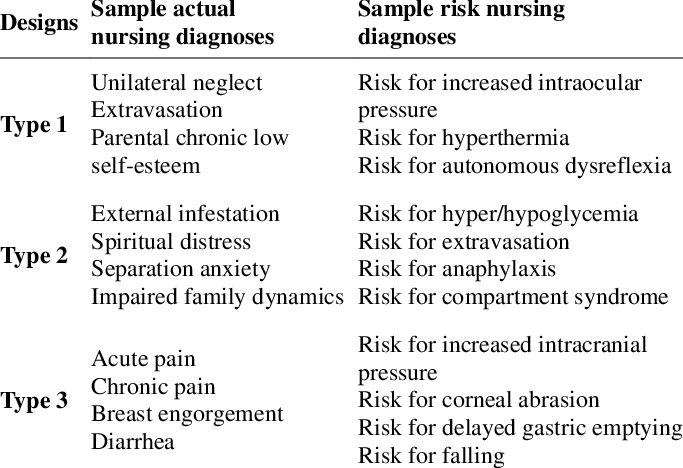



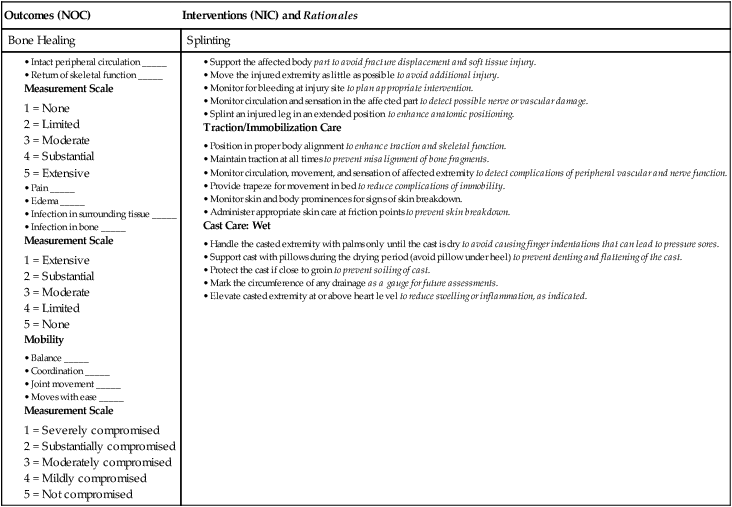

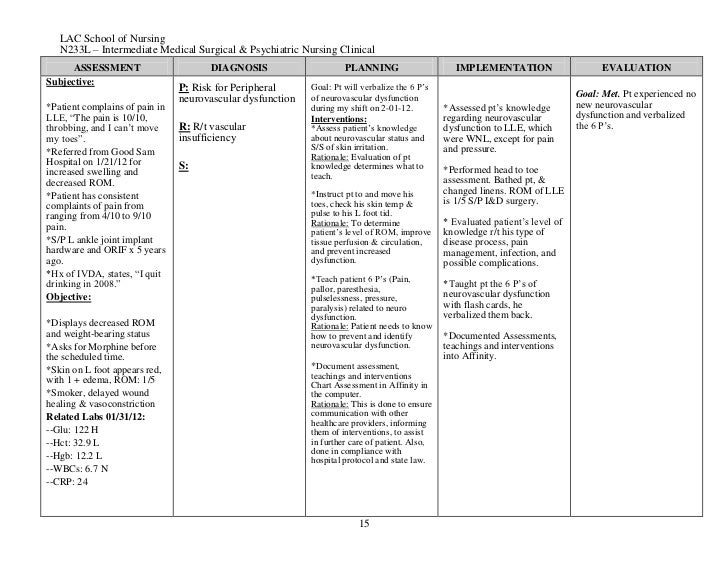

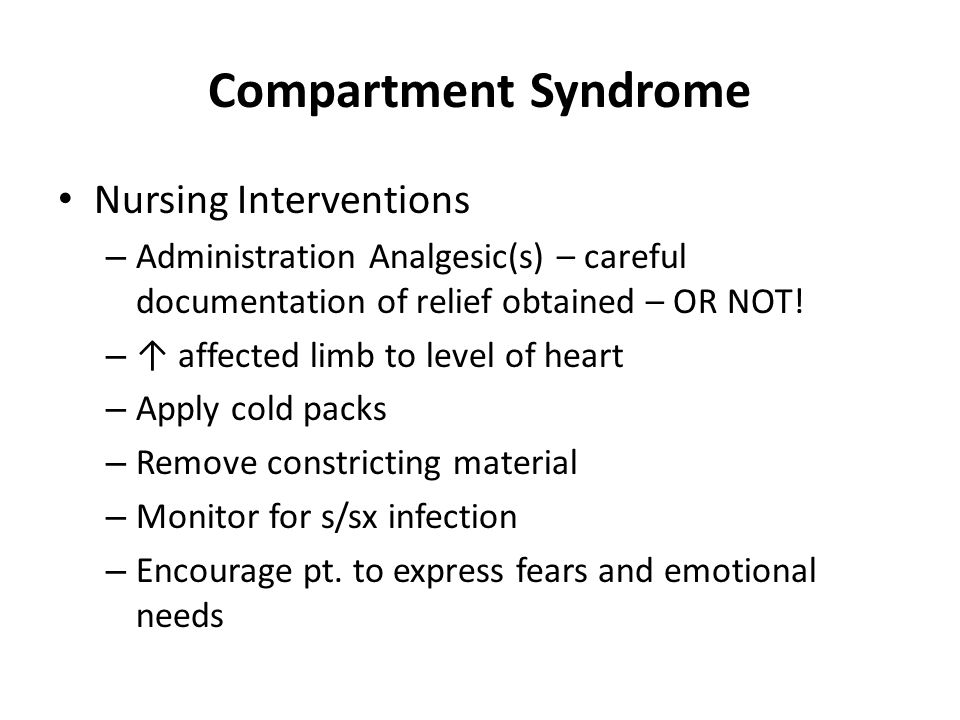




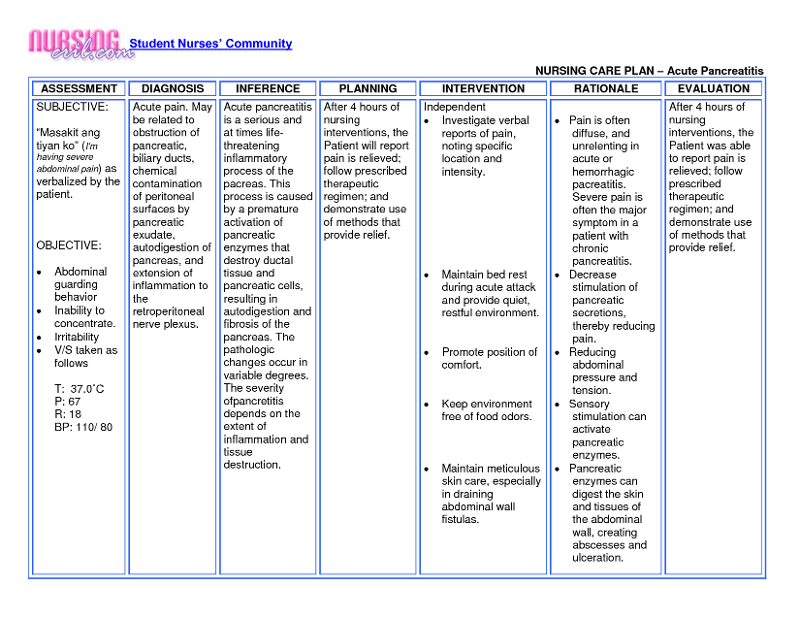
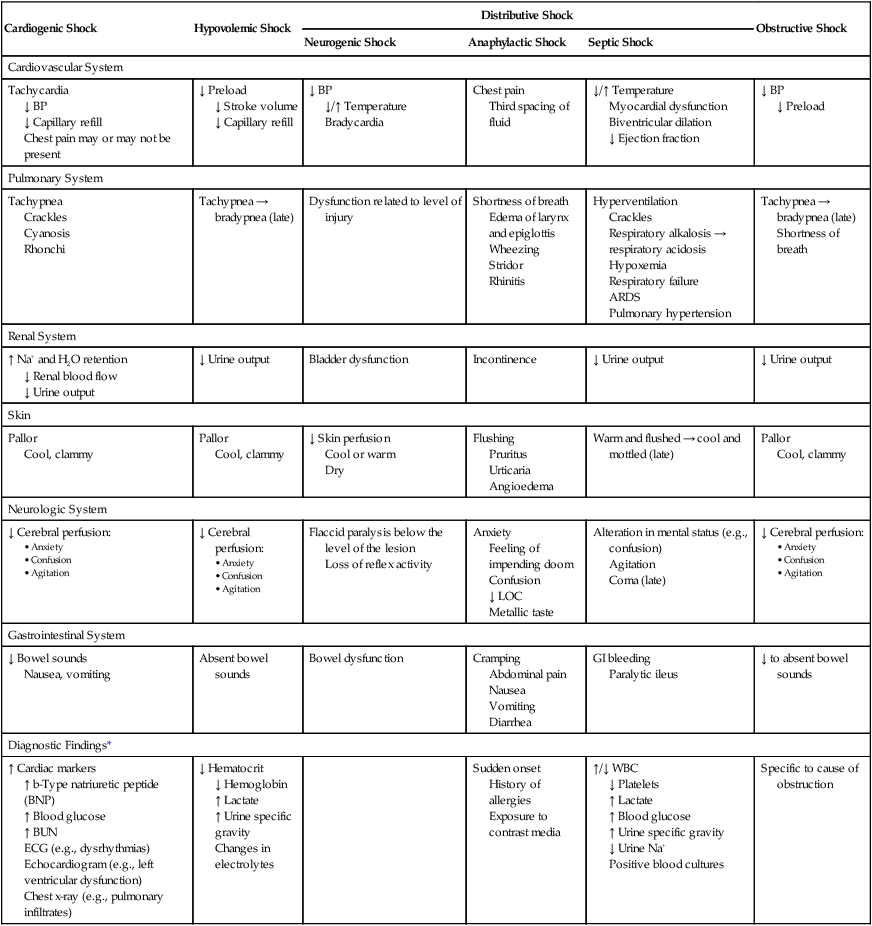






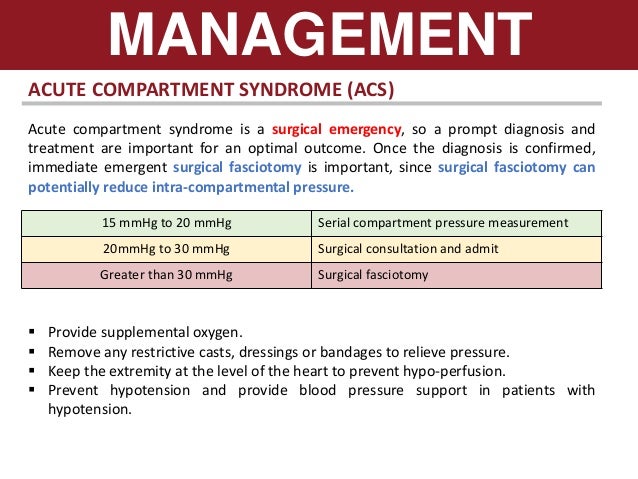

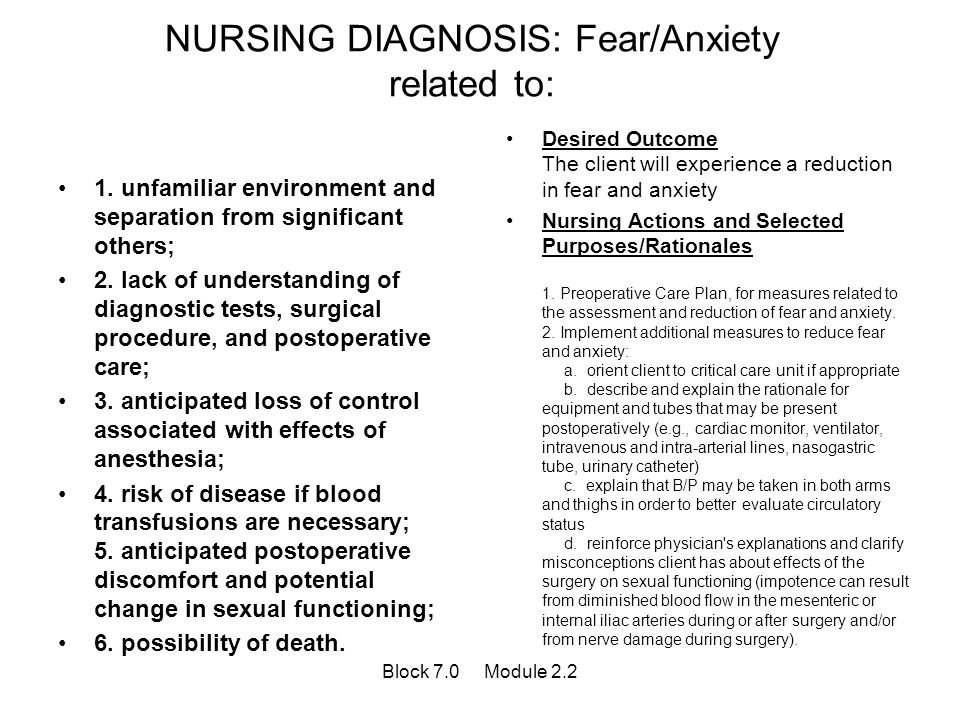


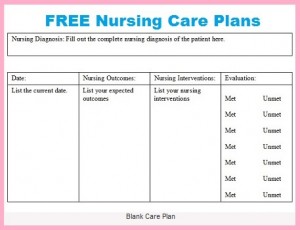






I m Really looking forward to read more. Your site is very helpful for us . This is one of the awesome post i got the best information through your blog.
ReplyDeleteHome Nursing Services in Chennai